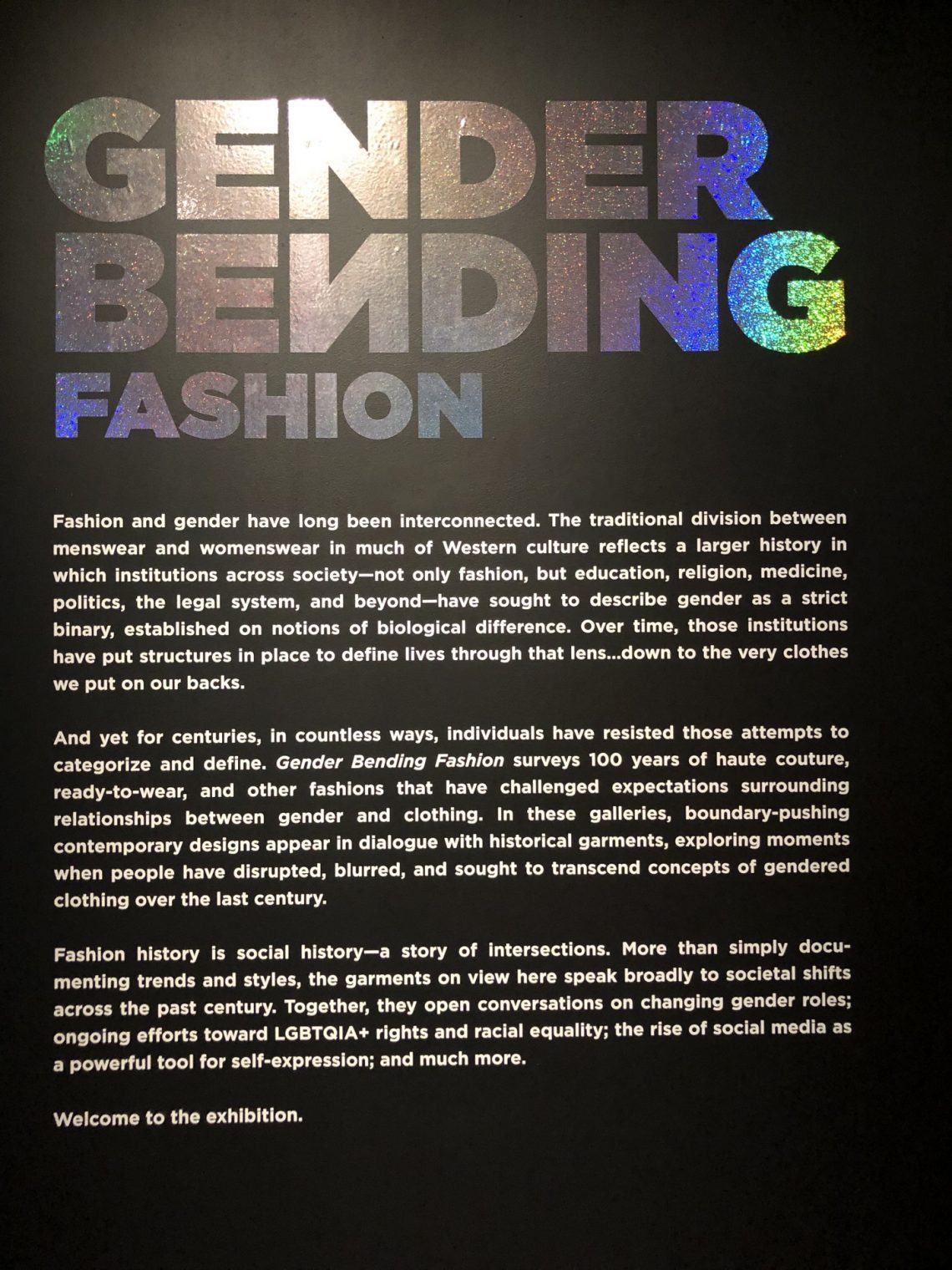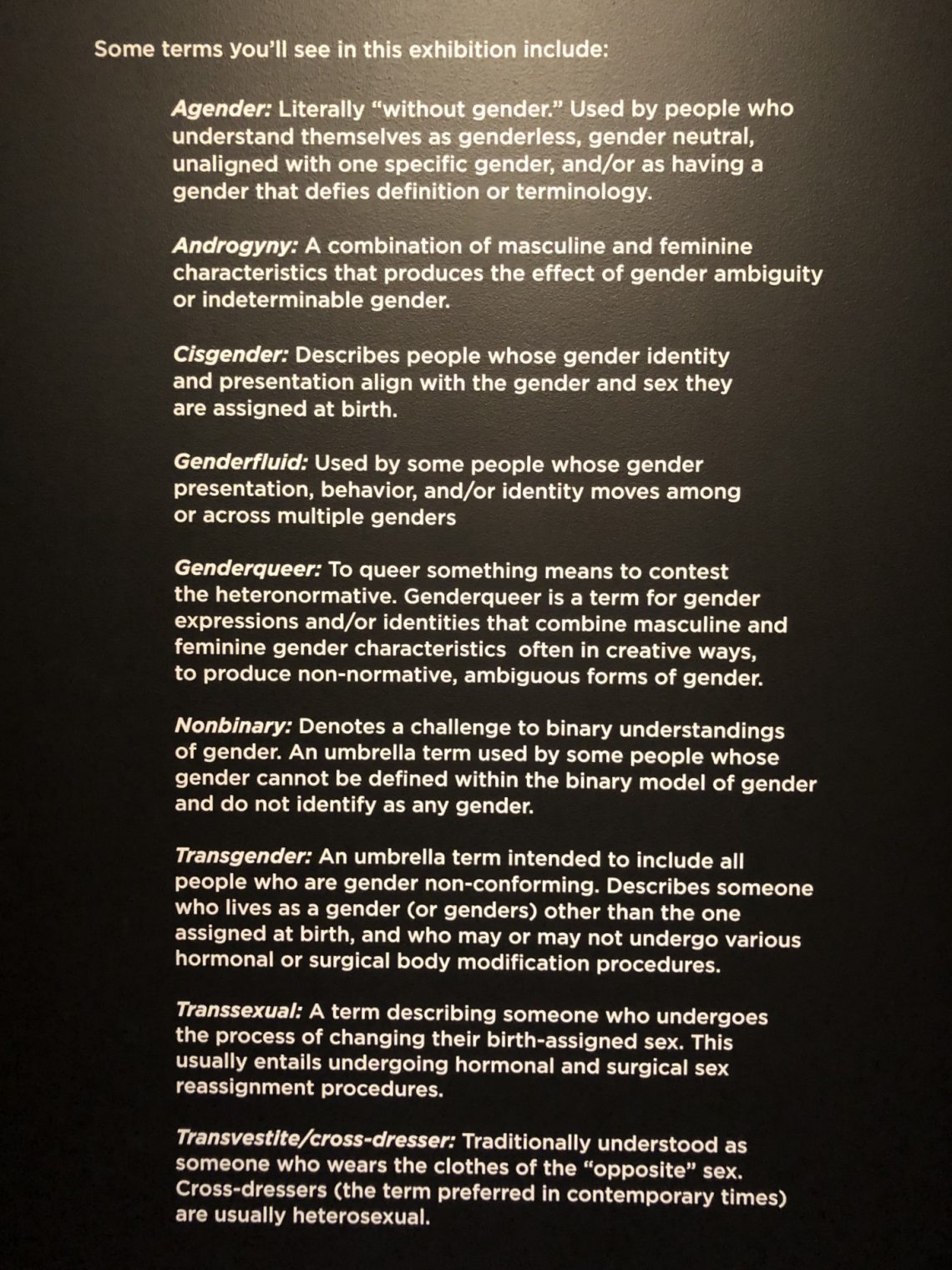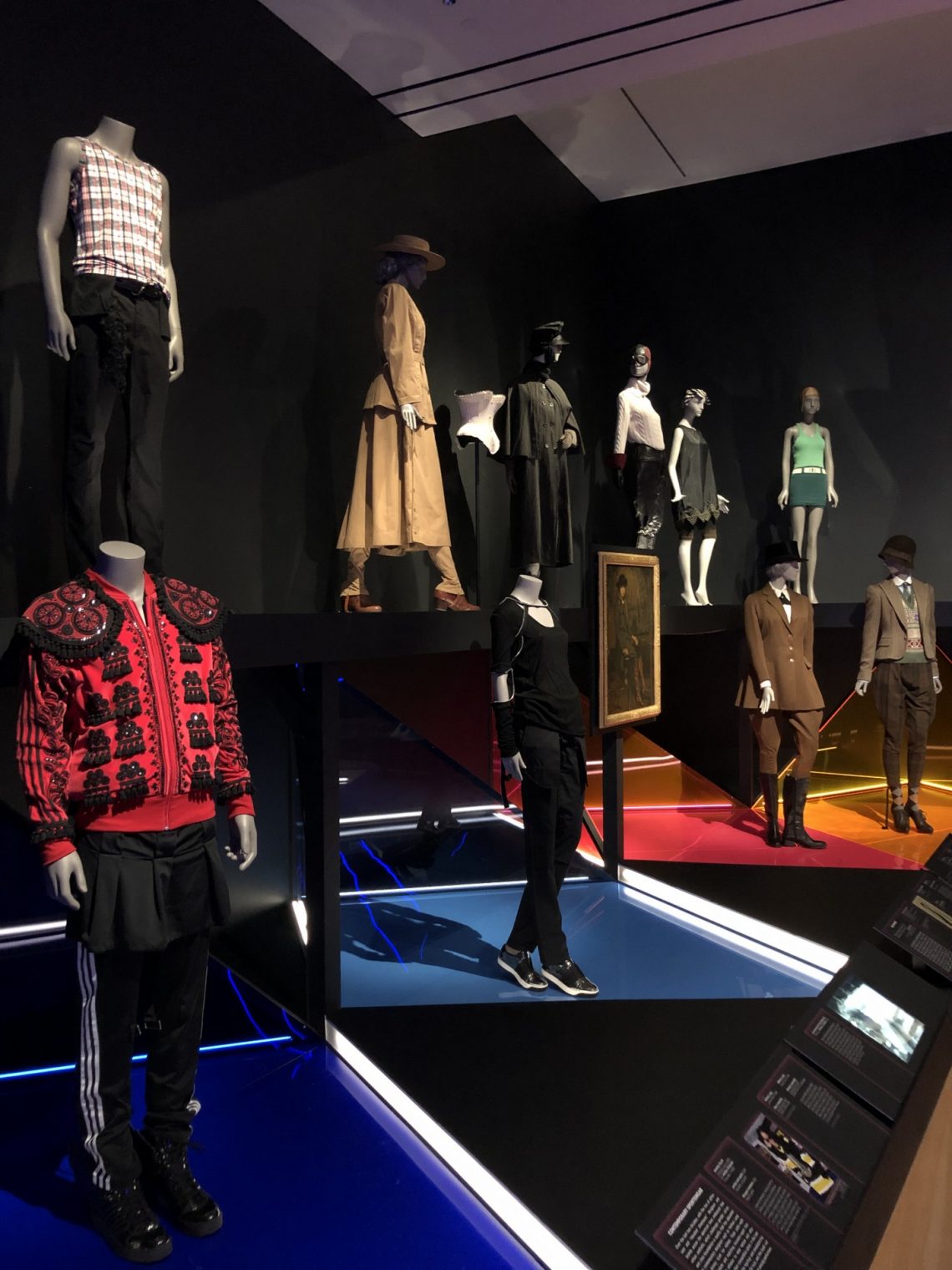… and their parents too.
Most of the newer Broadway musicals seem to be targeted at 12-year-old girls (e.g., Wicked). In order to guarantee that at least one member of the Greenspun 2019 business trip theater expedition had a good time, I augmented my inner 12-year-old girl with an actual 12-year-old girl (she’ll be 13 soon) for a night at Dear Evan Hansen. We had a tough time getting into the theater because there was a huge herd of 12-year-old girls being ushered in by their adult (female) chaperones. My companion: “This is the hottest show on Broadway right now.”
The material seems to fit the musical format better than most. Most of the show is one-to-one conversation in which it doesn’t seem crazy that one actor would sing to another.
In addition to the challenge of navigating the teenage years, the show dwells on the challenges and limits of parenting, especially of parenting teenagers who are not thriving. Thus, this musical has much broader appeal than the typical new show.
One group that might not love the show is LGBTQIA. “This must be the only new Broadway show without an LGBTQIA theme or character,” I remarked. My companion, a regular at the theater, agreed, but that might be because her LGBTQIA teacher typically chooses LGBTQIA-themed shows for the public middle school crowd. The only reference to LGBTQIA issues is when teenage boys are anxious to avoid being perceived as gay (“that’s how it is in my school, too,” said the 12-year-old next to me).
Stop reading and buy a ticket if you are afraid of spoilers…
The title character is a casualty of the American no-fault divorce revolution. Dad wanted to have sex full-time with a “cocktail waitress,” so he abandoned Mom when Evan was 7 years old. Evan is marooned in an unnamed suburb in an unspecified state while biological dad has moved to Colorado and has two new kids with the new sex partner. It sounds as though Evan hasn’t seen the dad for years. Mom doesn’t seem to be getting any child support cash from dad so she is constantly working as a nurse’s aide and taking classes to become a paralegal. Mom-of-suburban-teenager (Lisa Brescia) is Manhattan/Paris slender with fantastic posture.
[While heroic involuntarily single mom makes for good theater, the father who leaves the wife and kid is a statistical rarity in the U.S. Most commonly it is the mom who wants out and sues the dad (3:1 ratio here in Middlesex County, Massachusetts). Larger statistical studies have shown that in states where a woman can expect to win custody of children and associated lucrative child support, the majority of divorces and divorce lawsuits are initiated by women. Also, Wife #1 has first claim on the man’s income in nearly all U.S. states, so it doesn’t make real world sense for Evan’s mom to be financially struggling if this guy has enough money to support the cocktail waitress and two new kids.]
Perhaps as a consequence of being fatherless, Evan (25-year-old Michael Lee Brown on the Tuesday night that we attended; usually a 16-year-old(!) plays the role) is a psychological wreck and his therapist instructs him to write letters to himself, staring with “Dear Evan Hansen.” An even more distressed teenager at the school (Alex Boniello as Connor) grabs one of these notes out of the printer and commits suicide with the letter in his pocket. The parents assume that these are their son’s final words and that Evan Hansen and Connor were close friends. Evan is in love with Connor’s sister so he is anxious to insinuate himself in this grieving family’s life. A web of lies ensues. This is probably the funniest show about suicide ever created.
The family devastated by suicide was an intact 1950s-style family in which the lawyer dad wears a suit and tie to work every day and mom doesn’t work. Dad (Michael Park, a lot more slender than the law partners I meet with in conference rooms!) has no function with the kids other than to pay the bills. He was not sensitive or sympathetic to his son’s troubles. The mom (Jennifer Laura Thompson) was heavily invested in her son and infinitely forgiving, but she couldn’t reach him either. The teenage daughter (Mallory Bechtel) is the only one who could see her brother rationally.
One funny part of the musical that we experienced is that a Jewish teenager, originally played by a white actor, is now played by a non-white actor (during the performance we watched: Roman Banks, who was fantastic). So we saw an African-American youth talk about his Bar Mitzvah, etc. (Of course, in real life a black convert to or adoptee into Judaism would be most welcome, but the situation is unusual enough to entertain the audience.)
I like works that don’t take the easy way out and Dear Evan Hansen is one of them. Nobody does anything that is radically implausible. There is not a neat happy ending. (See also The Weather Man.) As a provincial, I was awed as usual by the depth of talent in Manhattan, including the orchestra.
Final verdict from the local 12-year-old critic: “This is my favorite show so far, except for Hamilton because it’s Hamilton.”
(I said that I would see Hamilton when it could be accomplished for $15 or less at the movie theater. This prompted my retired fund manager friend to respond that he was waiting for it to be available for free on a Chinese file-sharing site.)
Full post, including comments 







